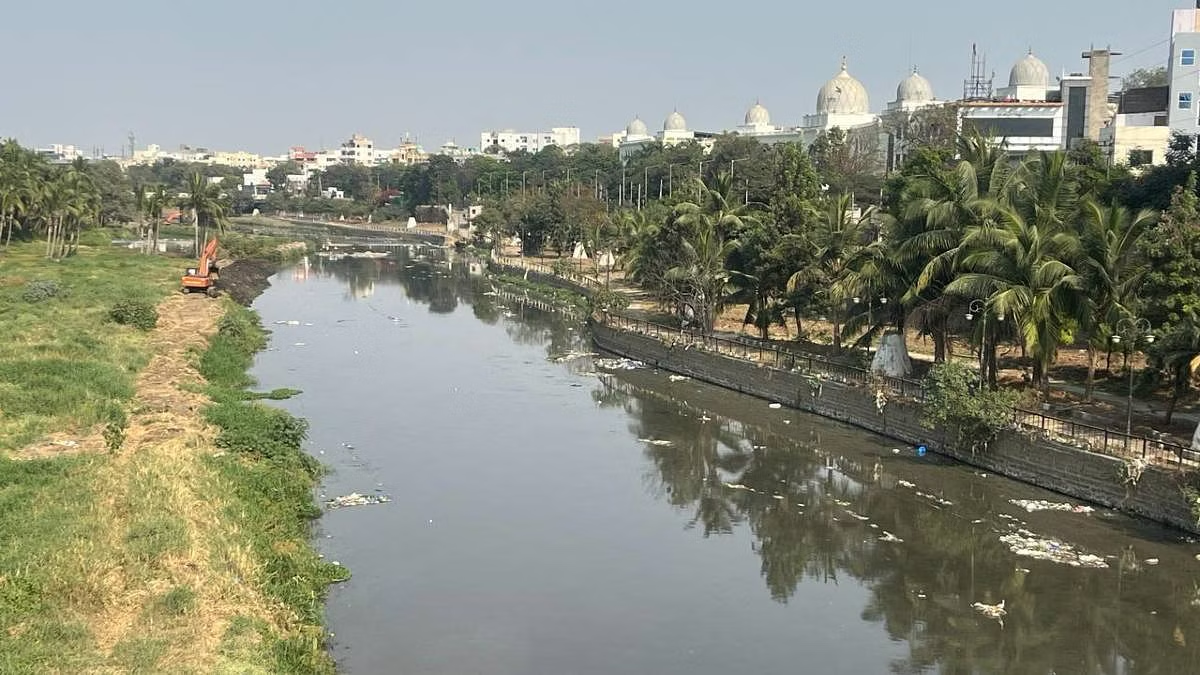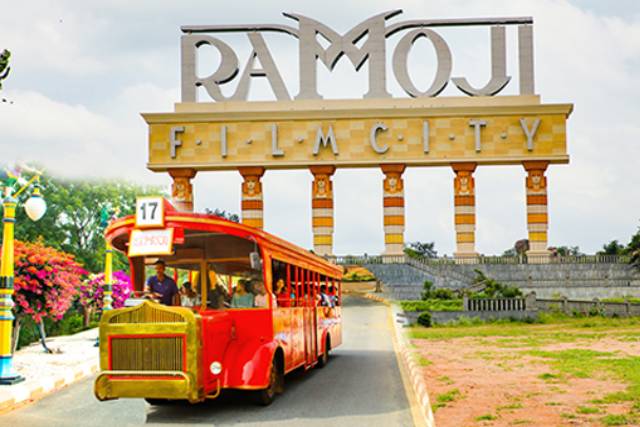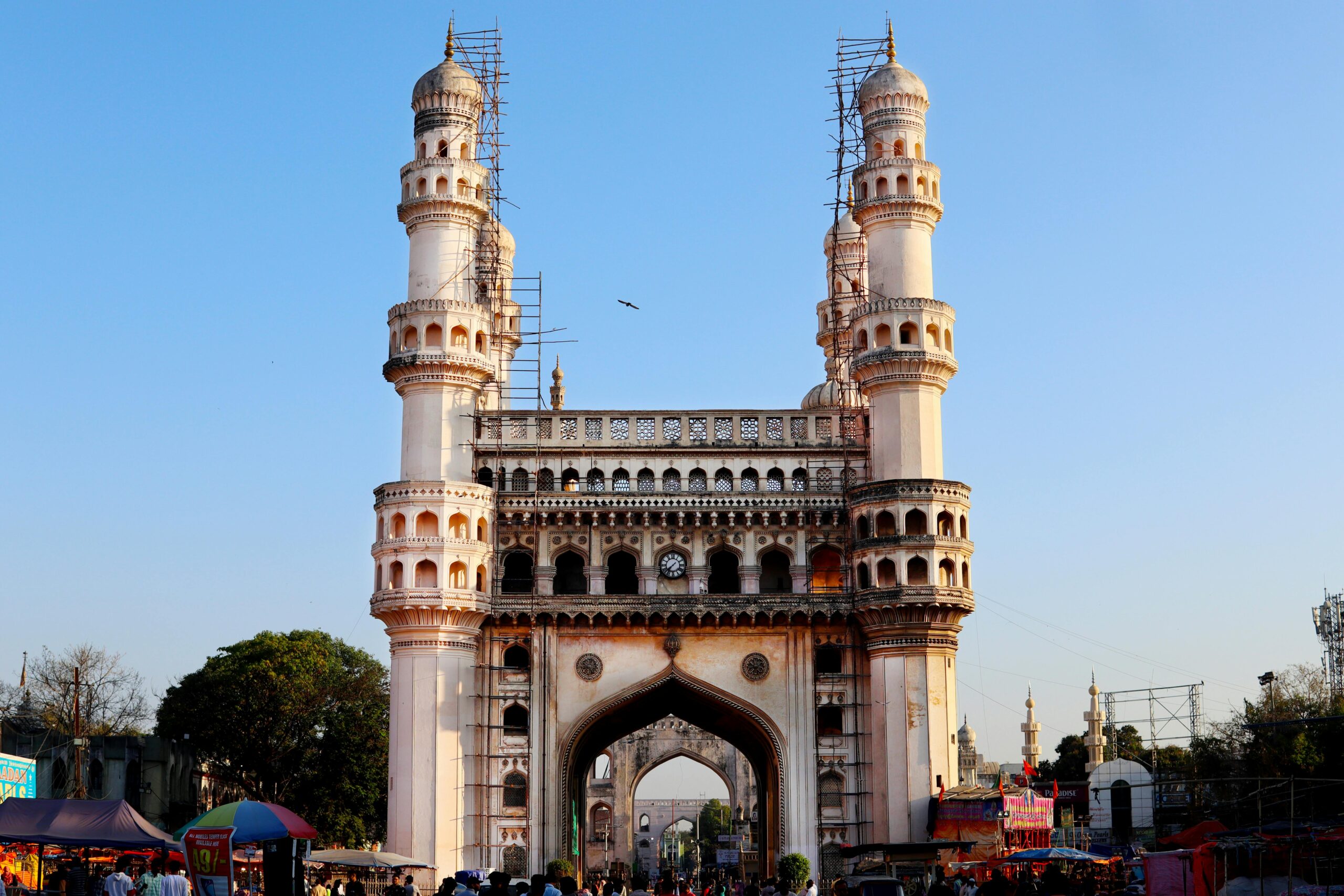The Musi River, a tributary of the Krishna River, is deeply intertwined with Hyderabad’s history and identity. Once a thriving lifeline for the city, the river today stands as a stark reminder of the consequences of unchecked urbanization and neglect. From its role in the founding of Hyderabad to its current polluted state, the story of the Musi River mirrors the city’s evolution over the centuries.
Origins and Historical Significance
The Musi River originates in the Ananthagiri Hills near Vikarabad, approximately 90 kilometers west of Hyderabad. For centuries, it served as a source of drinking water, irrigation, and sustenance for local communities. The river gained prominence in the late 16th century when Muhammad Quli Qutb Shah, the founder of Hyderabad, established the city along its banks.
Quli Qutb Shah envisioned Hyderabad as a city of unparalleled beauty, with the Musi River flowing gracefully through its heart. The iconic Charminar and the bustling bazaars of the Old City were built near the river, making it the focal point of trade and culture.
The Catastrophic Floods of 1908
Despite its significance, the Musi River was not without its challenges. The most notable was the catastrophic flood of September 28, 1908, which devastated Hyderabad. Torrential rains caused the river to overflow, destroying homes, infrastructure, and claiming thousands of lives.
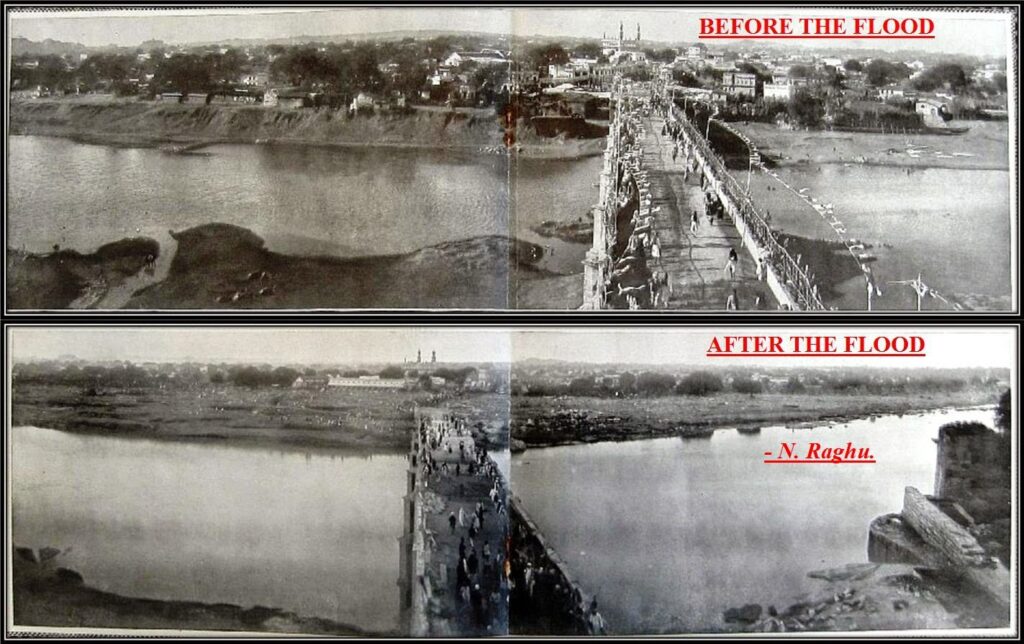
This tragedy prompted the Nizam of Hyderabad, Mir Mahbub Ali Khan, to undertake significant flood control measures. Under the guidance of engineer Sir Mokshagundam Visvesvaraya, the Osman Sagar and Himayat Sagar reservoirs were constructed upstream of the river. These reservoirs not only mitigated future flood risks but also provided a steady supply of drinking water to the city.

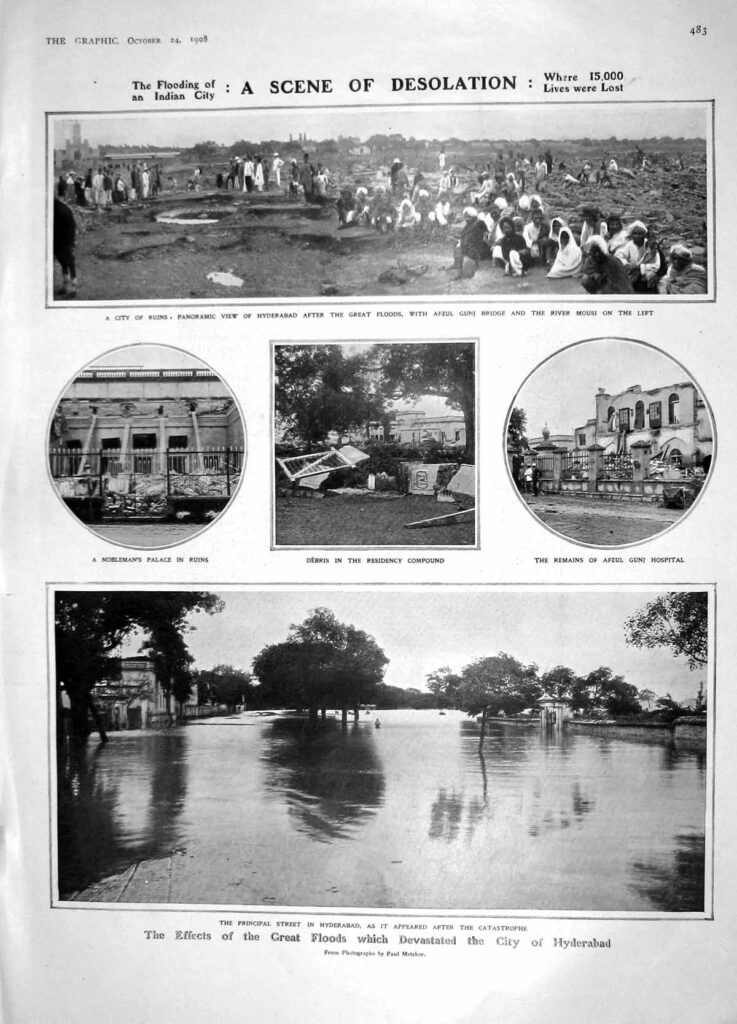
Decline in the Modern Era
As Hyderabad expanded and industrialized, the Musi River began to lose its ecological and cultural significance. The unchecked discharge of untreated sewage, industrial effluents, and garbage turned the once-pristine river into a polluted water body. Urban encroachments along its banks further exacerbated the problem, reducing the river’s flow and damaging its ecosystem.
The river, once a symbol of life and prosperity, became infamous for its foul odor, toxic foam, and health hazards. Despite its degraded state, the Musi continued to hold a sentimental place in the hearts of Hyderabad’s residents, serving as a poignant reminder of the city’s lost heritage.
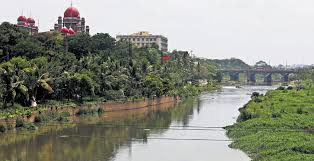
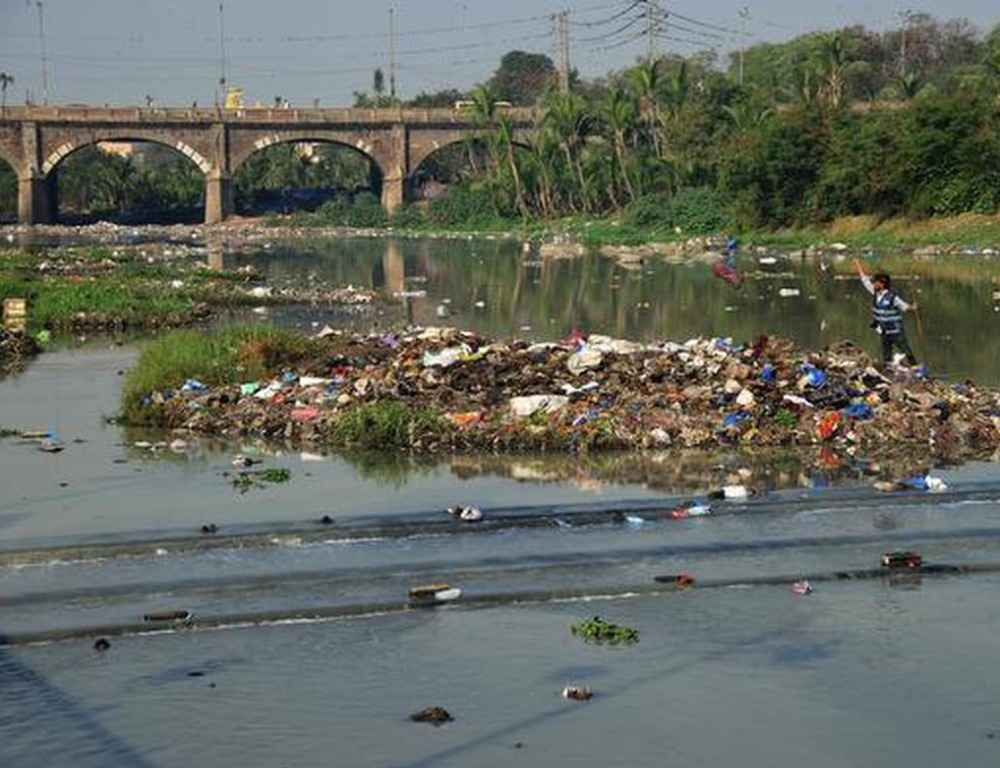
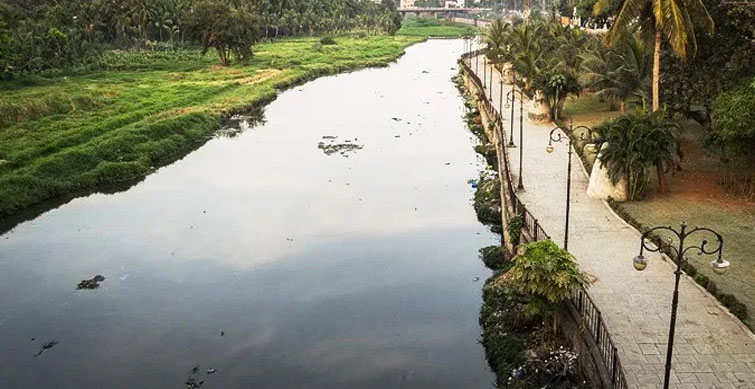
Restoration Efforts and Challenges
In recent years, there have been numerous efforts to rejuvenate the Musi River. The Telangana government launched the Musi Riverfront Development Project, aiming to restore the river’s ecological balance and transform it into a clean and vibrant public space. Plans include the construction of modern sewage treatment plants, the removal of encroachments, and the development of parks and walkways along the riverbanks.
Despite these initiatives, significant challenges remain. The scale of pollution and urban encroachment requires sustained political will, public awareness, and financial investment. Moreover, restoring the river’s ecological balance is a complex task that involves addressing issues like water quality, biodiversity loss, and sustainable urban planning.
A Vision for the Future
The Musi River holds immense potential to once again become a centerpiece of Hyderabad’s landscape. If successful, its restoration could not only revitalize the city’s environment but also preserve its historical and cultural heritage. Drawing inspiration from successful riverfront projects worldwide, Hyderabad’s citizens and authorities can transform the Musi into a clean, thriving, and accessible space.
By respecting its past and investing in its future, the Musi River can reclaim its status as a lifeline for Hyderabad—a symbol of resilience, hope, and renewal.

